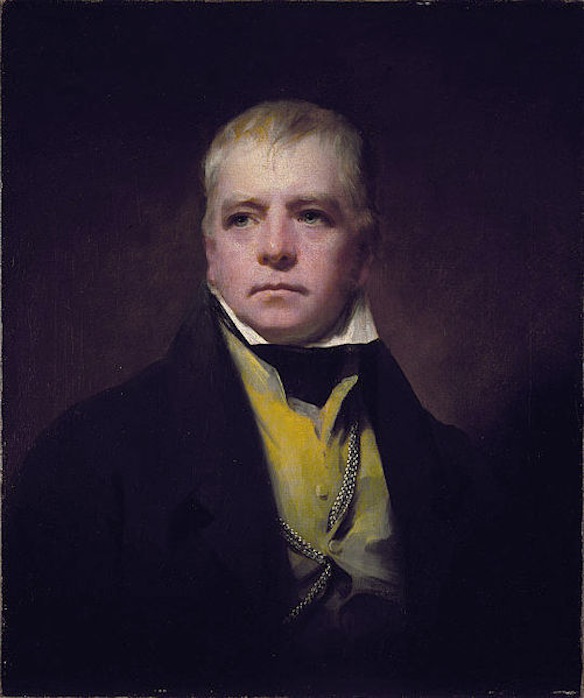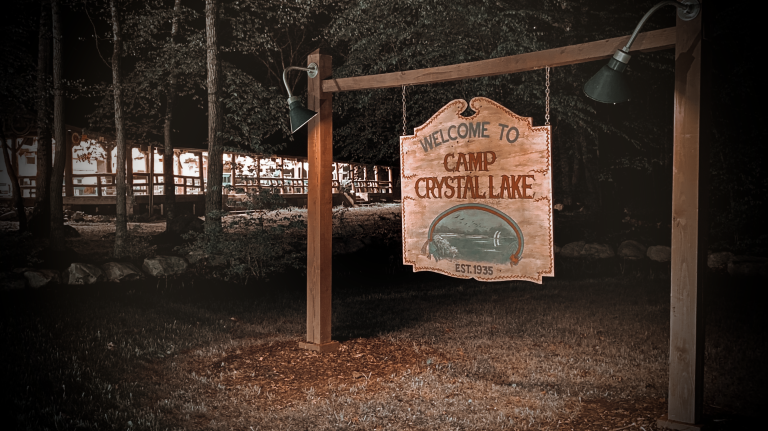The Eccentric Habits Of 13 Classic Writers
He composed his poem Marmion while on horseback. Of his writing process, he said, "Oh, man, I had many a grand gallop among these braes when I was thinking of 'Marmion.'"
By ![]() Rachel Hodin
Rachel Hodin

1. Edith Wharton
From 1903-1911, Edith Wharton lived in her dream home. It was a mansion perched on top of a hill in Lenox, Massachusetts, where many renowned writers, such as Henry James, came for brief stays. Wharton would designate the early morning to writing, except like a good lazy girl she would write while still in bed. Wharton would assemble pages of her books by actually cutting and pasting scraps of paper, one on top of the next. When she completed a page, she would let it fall to the floor, where a maid would then pick it up and give it to Wharton’s secretary to type.
2. Sidione-Gabrielle Colette
1926, Sidonie-Gabrielle Colette bought a vacation home in Saint-Tropez and was often visited by the painter André Dunoyer de Segonzac. His observations of her writing habits were as follows, “Colette would study the fur of her French bulldog, Souci, with a discerning eye. Then she’d pluck a flea form Souci’s back and would continue the hunt until she was ready to write.” It was like a form of procrastination, and also included her spooning with her pug on the divan, and swatting flies. “The shift from stalling to writing was always abrupt, according to Dunoyer de Segonzac. Colette would suddenly be moved to write. Then she would plant herself at a desk that faced the corner of her room. There she sat for hours at a time.”In fact, she was surrounded by a whole slew of animals, ten feline pets to be exact and that’s not counting the strays that would occasionally visit her.
At only 20-years-old, Colette found herself in a pretty awful marriage to Henry Gauthier Villars, better known by his pen name Henry Willy. He was a relentless adulterer, to the point where he would even bring home women while Colette was home. He also paid copious writers to ghostwrite his work, including Colette, who in fact wrote Claudine at School for him, and was publicly known as the “inspiration” for the book, which was received spectacularly.
3. Emily Brontë

Emily Brontë was another writer with a penchant for animals. She was often found sitting and reading beside their family dog, Keeper. Despite the fact that Keeper was not too well-behaved, Brontë was not scared of him at all. In fact, she often broke up fights between Keeper and other dogs. Her trick was to toss pepper into both dogs’ noses. What’s more, Ellen Nussey, a friend of the family, recounted Brontë sometimes abusing the dog. “Nussey recalled that, to punish the dog, Brontë once hit his eyes repeatedly until they were swollen. And yet, Nussey observed, ‘She never showed regard to any human creature; all her love was reserved for animals.'”
4. Ernest Hemingway

When Hemingway lived in Key West in the 1930s, he lived amongst dozens of polydactyl cats. When he lived in Cuba, he took a liking to one cat in particular, despite the fact that around 60 cats lived on his Cuban estate. The cat was black and white and named Boise, who actually appears as a character in Islands in the Stream.
5. Raymond Chandler
Raymond Chandler also had a proclivity for cats, in particular his black Persian cat named Taki. He would call Taki his secretary, because Taki would often stand on some of Chandler’s most important papers, securing them. He also considered his cat a dutiful critic. He wrote that Taki would spend time “just quietly gazing out of the window from a corner of the desk as if to say, ‘The stuff you’re doing is a waste of time, bud.'”
6. Gertrude Stein
While some writers took to writing alongside their pets, Gertrude Stein took to less animate objects. She bought her first car in 1917, a Model T Ford, and discovered that the front seat was a great spot to do writing, especially while running errands. She wasn’t the best of drivers though, as her friend William Rogers attested, “She regarded a corner as something to cut, and another car as something to pass, and she could scare the daylights out of all concerned.” She also called her car “Auntie,” after her Aunt Pauline.
7. Sir Walter Scott

Sir Walter Scott was a tad less modern than Stein. He composed his poem Marmion while on horseback. Of his writing process, he said, “Oh, man, I had many a grand gallop among these braes when I was thinking of ‘Marmion.'”
8. Jack London
When Jack London’s brilliance finally caught up to him, he was living on a ranch in California, where his writing regimen was as follows: he would wake up at 5a.m. and stay in bed to work. He would then hang notecards above his head on a string and only take them down to replace with fresh ones after he had fully digested all that was written on them.
9. Virginia Woolf
While in her twenties, Virginia Woolf would stand at her 3½ foot-tall desk in order to be on an even playing field with her sister Vanessa, who was an artist and was thus always standing while painting at her easel. Virginia also took a liking to the color purple, which can be found “in letters, diary entries, manuscripts, drafts, and page proofs.” She also had a novel, Friendship’s Gallery, printed in purple ink and bound in the same color leather when she was twenty-five, and wrote most of Mrs. Dalloway in purple ink too. Purple ink was what she used for writing her love letters to Vita Sackville-West and in one diary entry, she wrote of the sky, which she painted purple, “A violent storm—purple ink clouds—dissolving like blots of ink in water.”
10. James Joyce

From his mid-twenties to his mid-thirties, James Joyce lived in Trieste. At 29-years-old, he summoned his sister Eileen to move in with him to help watch over his kids, and Eileen observed some peculiar writing habits of his. At night, Eileen thought Joyce was going to bed, but he would really lie on his stomach writing. The weirdest part was he would wear a white coat the whole time, which Eileen later found out was to add brightness to Joyce’s already foundering vision. Joyce never favored speed of writing over his quality of writing, which is why he never took to a typewriter. He said, “What I am seeking is the perfect order of words in the sentence.”
11. Graham Greene
Graham Greene was a writer who would nowadays definitely be diagnosed with some sort of obsessive compulsive disorder. He had an obsession with numbers, and would often sit in his car and jot down all of the license plates numbers on the cars that passed by. His friend Evelyn Waugh recalled in an interview for Harper’s Bazaar, “He could not write another word until a certain combination of numbers—I think it was 987, something like that—appeared to him.”
12. Harper Lee
It’s somewhat promising to read that some of the greatest authors had doubts about their work too. Harper Lee is one such author, who actually threw the draft pages of To Kill A Mockingbird outside her New York City apartment window. Imagine walking under that window, and having the loose pages of Lee’s greatest work float down onto your head. Luckily for us, “Lee’s editor was able to convince the frustrated author to go outside and rescue her book.”
13. Vladimir Nabokov
It’s possible Vladimir Nabokov could have been one such fortunate pedestrian under Lee’s window, as he was admittedly an insomniac. If, while resting in bed, or during a brief period of dozing off, an idea came to him, he would reach under his pillow for one of his lined Bristol note cards and write it down. In fact, his love of flashcards was something that stayed with him throughout his life; indeed, he composed the drafts of Lolita on note cards as well. Nabokov knew that Lolita would stir up some controversy and so in an attempt to annihilate all traces of his hand in the book, he threw out his note cards. He flung some onto the road while driving, and others into fireplaces. ![]()




